With 22 OSAA-approved sports and around 300 registered athletes during this fall season, athletics are a big part of student life at Summit. Those walking through the halls are bound to see a plethora of trophies, banners, and other accolades, the spoils of many successful and well-established sports teams. Hidden behind these accomplishments is a darker side of sports. It’s common knowledge that athletes are at a heightened risk for body image issues and disordered eating, and Summit’s athletes are not sheltered from these problems.
In a recent survey of Summit athletes conducted by The Pinnacle, a staggering 49.3% of respondents from various sports reported struggling from body image issues. 63.4% said that they believed participating in a sport impacted body image, and 33.8% said they had engaged in disordered eating behaviors such as calorie restriction, binging and purging, or overexercising.
“I think it’s something that, unfortunately, is pervasive everywhere,” said Kari Strang, Summit’s head Cross Country coach.
Although many of Summit’s coaches, Strang included, have made an effort over the past several years to dismantle this negative culture, the results of the survey reflect how multilayered the problem is. There are deep roots in society and sports that are hard to get rid of completely, and the advent of social media has provided yet another potential source of pressure and false messaging for athletes. In the end, it seems to come down to one theme—comparison of one’s body to the bodies of others.
“I play a sport where your body is always on display,” said an anonymous Summit girls tennis player. “Being able to see your teammates’ bodies in the exact same uniform as you always leads to comparisons, and comparison leads to hyperfixation and obsession over one’s body.” This sentiment is not specific to tennis either. Although physical expectations and “ideal bodies” vary from sport to sport, some version of comparison can be seen in most athletic pursuits.
But it is important to remember that sports extend beyond this cycle of negativity—they can also provide an empowering environment in which athletes appreciate their bodies and what they are capable of. “Sports have a positive impact on my body image,” said freshman Nora Spitznagel, a three-sport athlete for the Storm.
So what can the members of our school’s athletic program do to make Spitznagel’s experience universal? Strang emphasized the importance of acknowledging these issues and bringing them to the forefront of conversation. The more we raise awareness and challenge the false messages that are fed to today’s young athletes, the easier it will be for present and future generations to resist the dark path of disordered eating and learn to work with their bodies instead of against them. “Now is such a critical time for young men and women to be establishing a positive relationship with their bodies, long term,” Strang says. So let this serve as a wake-up call to Summit’s numerous athletes, coaches, and families—poor body image is a problem in athletics, but if the members of our community take the right steps against it, it doesn’t have to be.


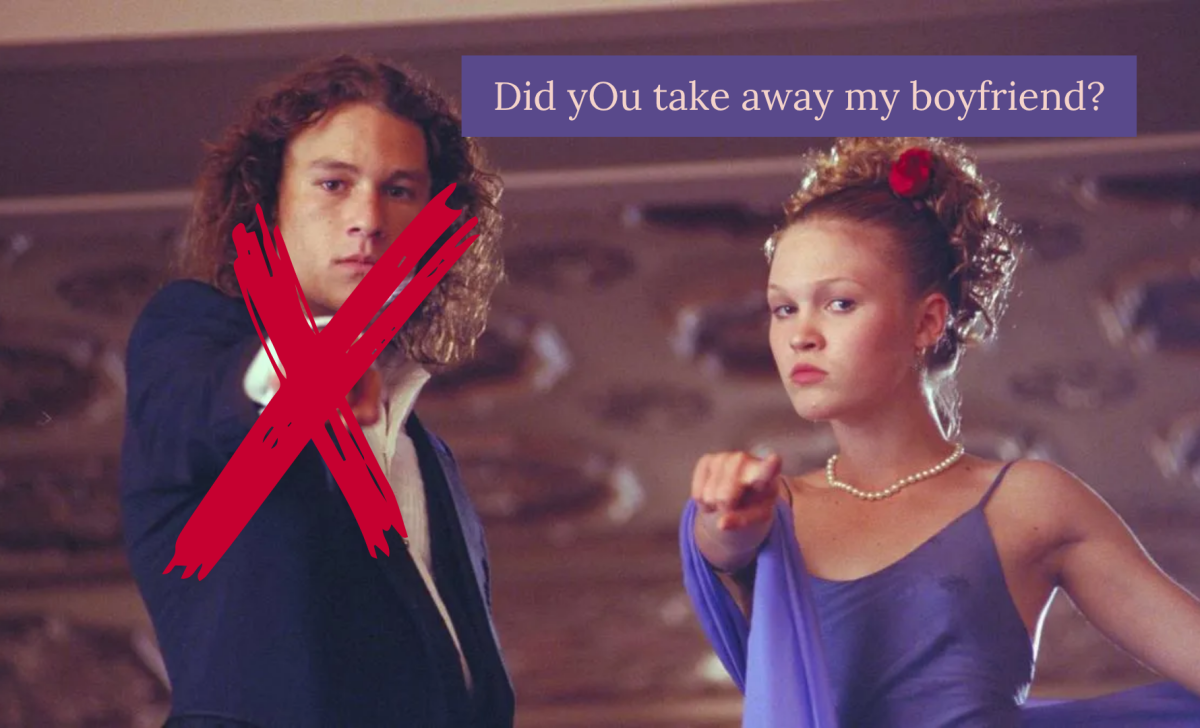




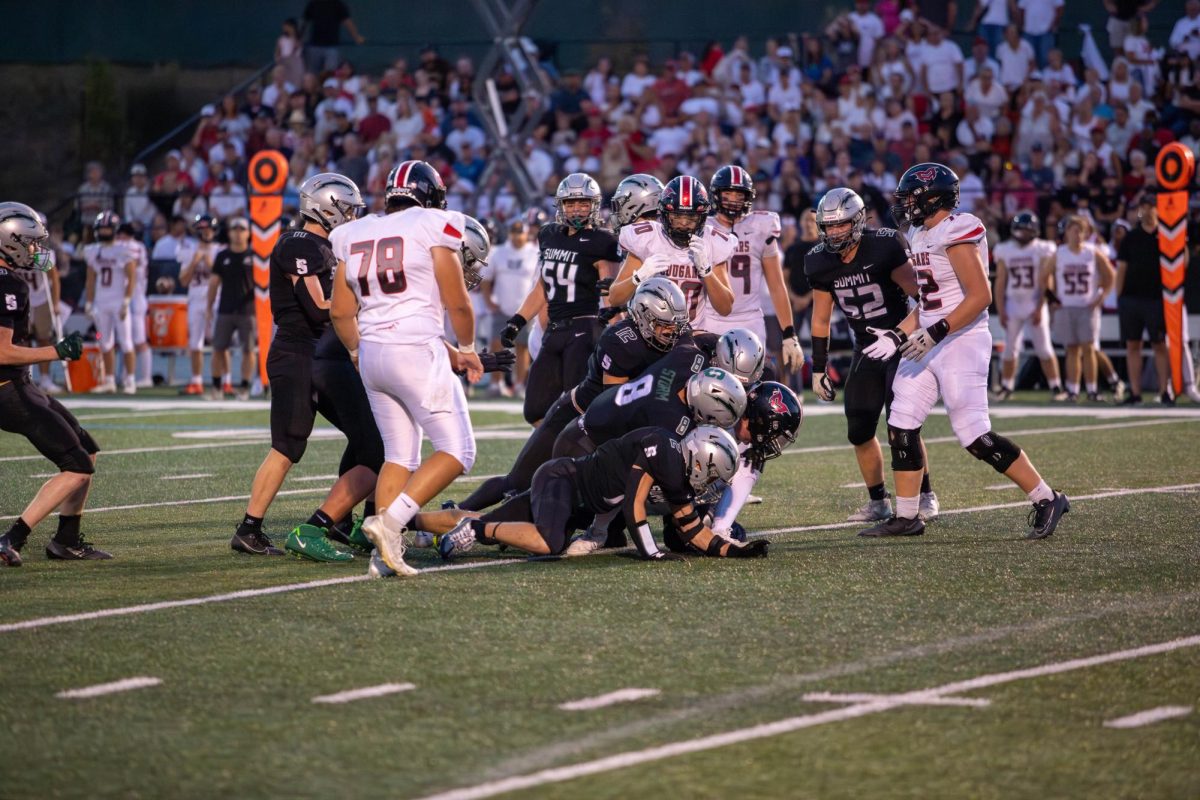


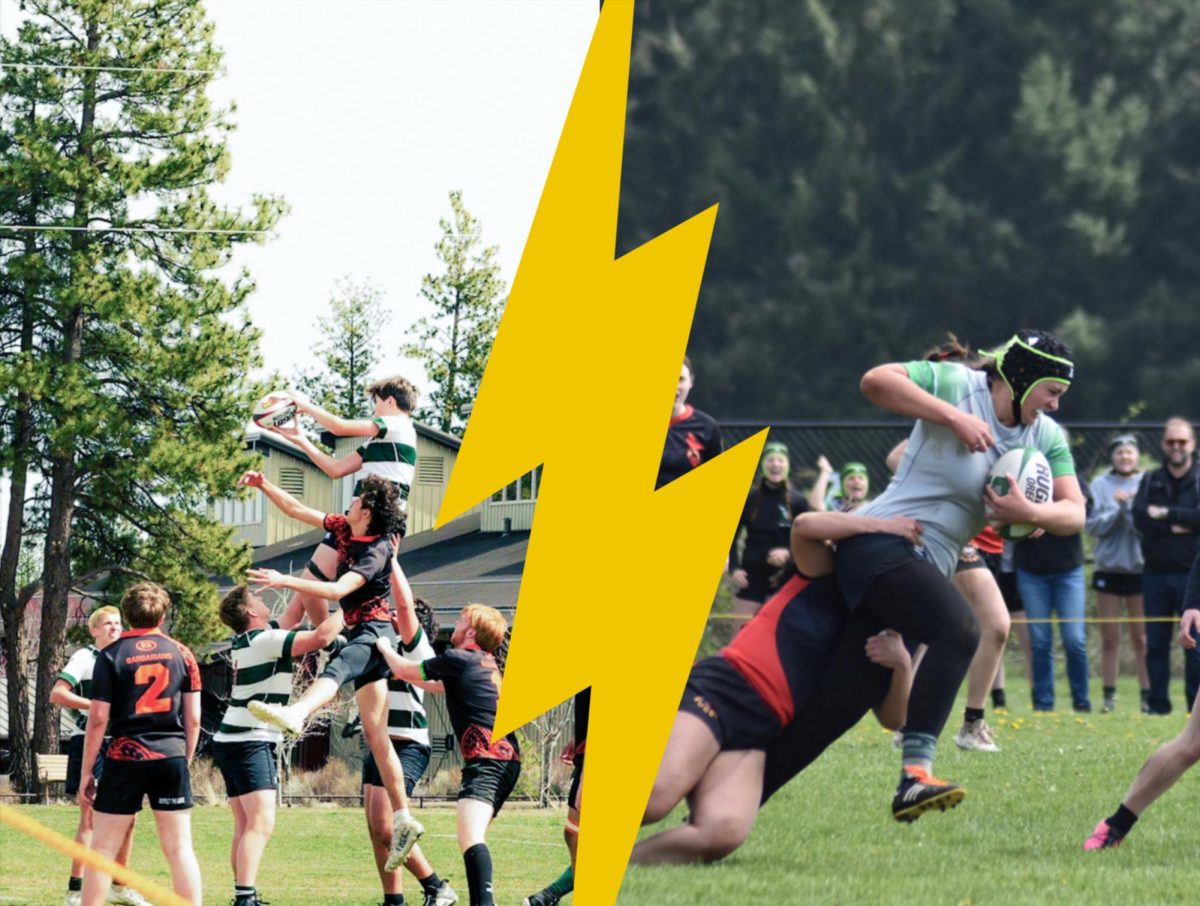
















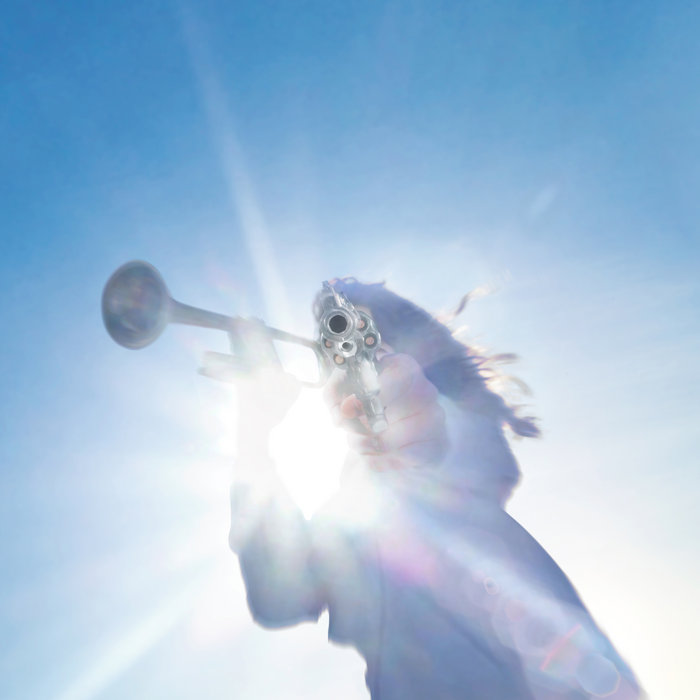



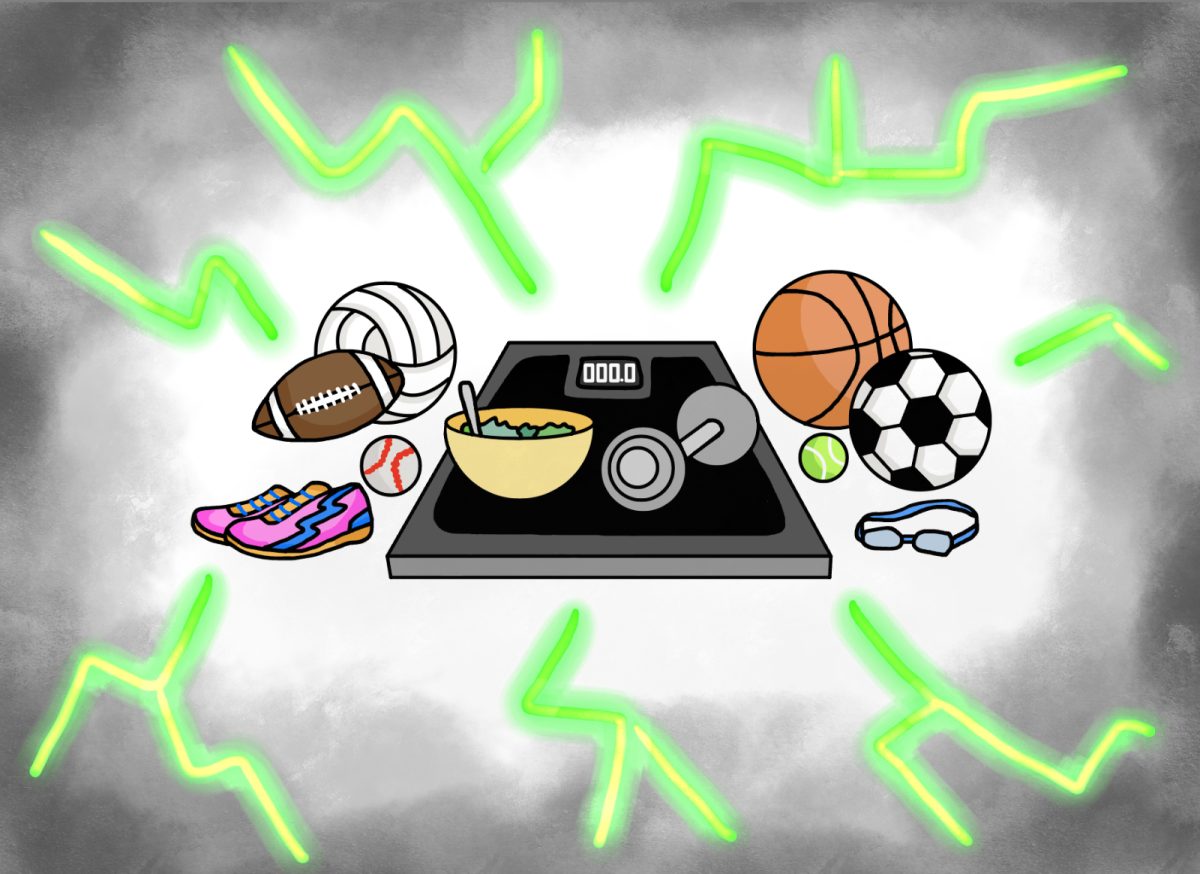


Kersie Knoll • Oct 20, 2023 at 4:19 pm
This was a very well written article, I can relate to this article on a very personal level as someone who has struggled with her own body image issues and eating issues. As someone who participates in cross country I see it all of the time, girls looking at their bodies and then looking back at someone else’s with a sad look on their face. It hurts my heart and I am so glad that someone has finally written about it.